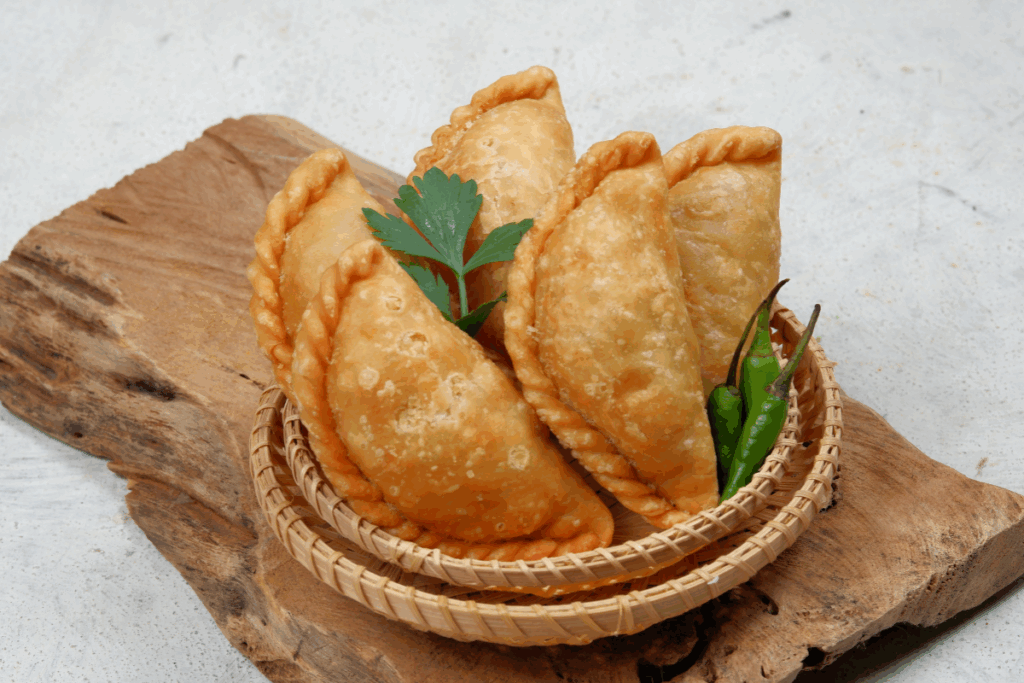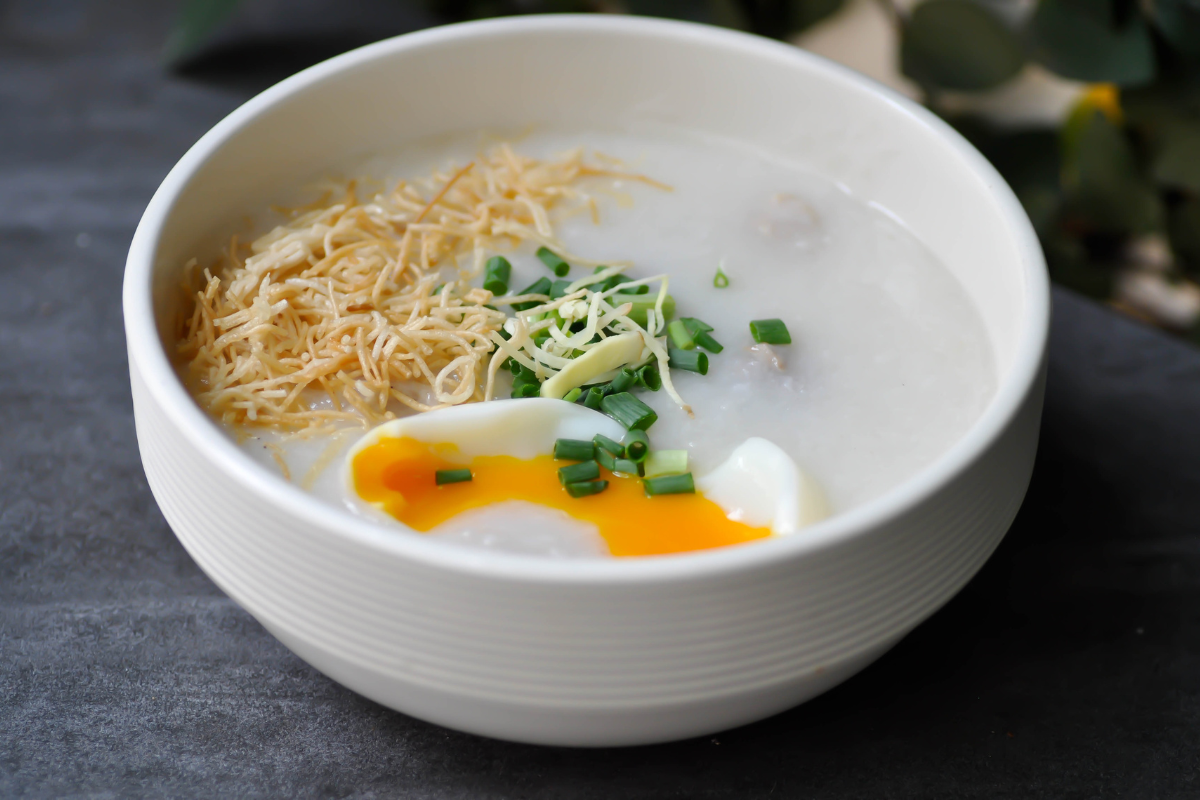Singapore is far more than a gleaming metropolis of skyscrapers and high-tech innovations—it is a country where culture simmers in every dish, and heritage is served at every table. As a multicultural society, Singapore’s food culture is a delightful reflection of its Chinese, Malay, Indian, and Eurasian roots, blended with the influence of Peranakan and Western traditions. It is no exaggeration to say that eating is a national pastime here.
In this guide, we take you on a mouthwatering journey through 10 of the most iconic and beloved dishes in Singapore—ones that locals swear by and tourists return for. Whether you’re exploring hawker centres or fine-dining establishments, these dishes represent the soul of Singaporean cuisine.
1. Hainanese Chicken Rice
The National Icon
Often dubbed Singapore’s unofficial national dish, Hainanese Chicken Rice is deceptively simple but utterly compelling. Originating from the Hainan province in China, this dish was perfected in Singapore by early immigrants. It consists of poached or roasted chicken served atop fragrant rice cooked in chicken stock, accompanied by chilli sauce, minced ginger, and dark soy sauce.
The key to its popularity lies in the harmony of textures and flavours—the smooth, tender chicken, the umami-rich rice, and the piquant sauces. Tian Tian Hainanese Chicken Rice at Maxwell Food Centre is among the most famous places to savour this staple.
2. Chilli Crab
A Messy, Marvellous Delight
No culinary exploration of Singapore is complete without cracking into a plate of Chilli Crab. This dish, which was invented in the 1950s, features whole mud crabs stir-fried in a thick, savoury-sweet tomato and chilli-based gravy. Despite its name, Chilli Crab is not overly spicy and appeals to a wide range of palates.
Best enjoyed with mantou (fried or steamed buns) to soak up the gravy, Chilli Crab is often shared amongst groups. Jumbo Seafood and Long Beach Seafood are renowned for their renditions.
3. Laksa
The Peranakan Pride
Laksa is a testament to the Peranakan community’s rich culinary influence. This spicy noodle soup combines Chinese and Malay elements, typically featuring thick rice vermicelli, prawns, cockles, and tofu puffs in a coconut milk and curry-based broth.
Katong Laksa, a specific variant, has earned cult status in Singapore. Here, the noodles are cut short enough to be eaten with just a spoon—no chopsticks required. The result is a fiery yet creamy bowl of pure comfort.
4. Char Kway Teow
A Smoky Plate of Nostalgia
Char Kway Teow is the epitome of wok hei—the elusive “breath of the wok” that imbues stir-fried dishes with smoky depth. Made with flat rice noodles, Chinese sausage, blood cockles, eggs, bean sprouts, and dark soy sauce, this dish is indulgent, greasy in the best way, and bursting with bold flavours.
Despite health concerns over its richness, Char Kway Teow remains a cherished hawker favourite. Hill Street Char Kway Teow and Outram Park Fried Kway Teow Mee often top the list of the best versions in town.
5. Satay
Skewers of Joy
Satay may have originated in Indonesia, but it has been wholeheartedly embraced in Singapore. These skewers of marinated meat—usually chicken, beef, or mutton—are grilled over charcoal and served with a luscious peanut sauce, ketupat (compressed rice cakes), cucumber, and onion.
Satay by the Bay and Lau Pa Sat are popular destinations for a satay feast, particularly in the evenings when the smell of grilling meat fills the air and creates an unforgettable experience.
6. Hokkien Mee
A Seafood-Laden Noodle Dish
Hokkien Mee is a stir-fried noodle dish made with a combination of yellow egg noodles and white rice noodles, braised in a rich seafood broth made from prawns and pork bones. Typically served with prawns, squid, and lard bits, the dish is finished with sambal chilli and a squeeze of calamansi lime.
Created by post-war Hokkien sailors, this dish reflects the resourcefulness and communal spirit of early Singapore. Nam Sing Hokkien Mee at Old Airport Road Food Centre is a must-try for enthusiasts.
7. Bak Kut Teh
A Comforting Herbal Broth
Translating to “meat bone tea”, Bak Kut Teh is a pork rib soup with either a peppery Teochew-style broth or a darker, herb-infused Hokkien variant. Traditionally consumed as breakfast, the dish is now enjoyed at all hours, especially on rainy days.
Served with rice, dough fritters (you tiao), and side dishes like preserved vegetables and braised tofu, Bak Kut Teh is restorative and soul-soothing. Outlets like Founder Bak Kut Teh and Song Fa offer a deeply aromatic experience.
8. Roti Prata
Crispy, Fluffy Indian Flatbread
Roti Prata is the quintessential South Indian breakfast in Singapore, though it’s beloved any time of the day. This pan-fried flatbread is made from flour, water, and ghee, and is typically served with a side of curry—fish or mutton being local favourites.
From crispy, paper-thin variants to doughy, chewy versions, prata is endlessly customisable. Common fillings include cheese, egg, onions, and even bananas for a sweet twist. The Prata House on Thomson Road and Springleaf Prata Place are go-to spots.
9. Nasi Lemak
Fragrant Rice, Unforgettable Flavours
Although traditionally Malay, Nasi Lemak has become a national favourite in Singapore, particularly among Chinese hawkers who’ve added their own spin. It features coconut milk-infused rice served with fried chicken wings, crispy anchovies, peanuts, cucumber, a hard-boiled egg, and sambal chilli.
Its contrasting textures and complex flavours make it a breakfast (and lunch, and dinner) hero. Famous outlets like The Coconut Club and Ponggol Nasi Lemak serve exceptional versions.
10. Kaya Toast with Soft-Boiled Eggs
A Local Breakfast Ritual
Simple yet satisfying, Kaya Toast is a nostalgic breakfast that has stood the test of time. Slices of toast are slathered with kaya (a sweet coconut and egg jam) and butter, then paired with soft-boiled eggs and a hot cup of kopi or teh.
It is not just food—it is a ritual. Available in chains like Ya Kun Kaya Toast and Toast Box, this humble meal connects generations over the breakfast table.
Beyond the Plate: The Culture of Eating in Singapore
What sets Singaporean food apart is not just its diversity, but the cultural reverence attached to eating. Food is central to national identity, and conversations often begin with “Have you eaten?” (“Makan already?”).
Hawker centres remain the beating heart of this culinary scene—spaces where Michelin-starred meals can cost less than $5, and age-old recipes are handed down like family heirlooms. Recognised by UNESCO for their cultural significance, hawker culture is both a living museum and a vibrant social hub.
Eating in Singapore is not merely an act of sustenance—it’s an act of storytelling.
Final Thoughts: Your Culinary Passport to the Lion City

From the smoky aroma of Char Kway Teow to the comforting warmth of Bak Kut Teh, the Singaporean dining experience is an unforgettable journey through its multicultural heritage. These 10 must-eat dishes represent the foundation of Singapore’s food culture—but they are only the beginning.
Venture into hawker centres, talk to stall owners, explore regional twists, and you’ll discover an entire universe of flavours that define Singapore’s past, present, and future. And once you’ve tasted the island’s best, one thing becomes abundantly clear: in Singapore, food is not just life—it’s a way of life.

